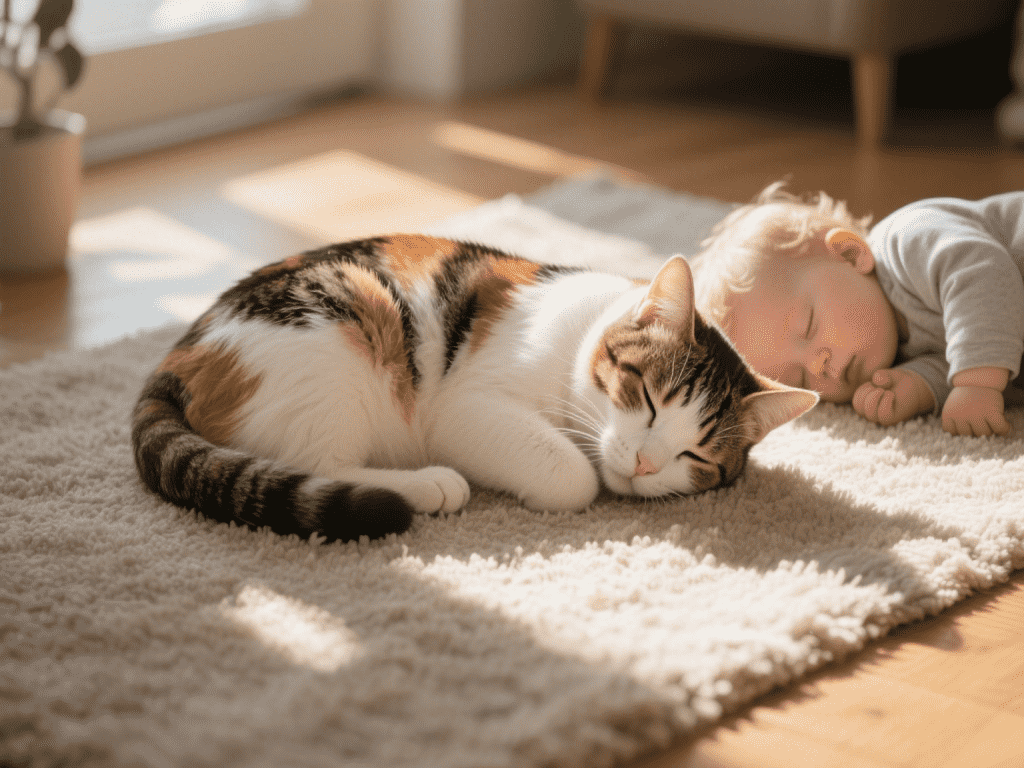
If you’ve ever envied your cat’s seemingly endless napping schedule, you’re not alone. Adult cats sleep between 12–16 hours daily—a behavior rooted in their predatory physiology. Drawing on veterinary sleep research and years of observing my own feline friends, I’ll explain why cats sleep so much, outline healthy sleep patterns, and offer tips to optimize your cat’s rest for peak health.
1. Feline Sleep Architecture
Polyphasic Sleepers:
Unlike humans’ monophasic sleep, cats take multiple naps (“catnaps”) throughout the day and night.REM vs. Non‑REM:
Up to 25% of a cat’s sleep is REM (rapid eye movement), when they dream; the rest is light, dozing Non‑REM sleep.
Study Insight: A 2022 feline sleep study showed indoor cats have longer REM periods than outdoor cats, likely due to reduced stimulation (Feline Health Journal).
2. Evolutionary Drivers
Energy Conservation:
Wild ancestors required bursts of intense activity (hunting), so resting preserved energy between hunts.Predator Awareness:
Light sleep states allow cats to rouse quickly if danger appears; unlike deep human sleep, a cat’s slumber remains alert.
3. Healthy Sleep Indicators
Routine Patterns:
Consistent nap and play cycles—active at dawn/dusk—signal normal crepuscular rhythms.Restful Posture:
Curled-up or loaf positions indicate comfort; splayed-out positions suggest deep relaxation.Willingness to Rouse:
A healthy cat will wake easily for food, play, or human interaction—hard-to-arouse cats may be unwell.
4. When Sleep Becomes Concerning
Excessive Lethargy:
If your cat sleeps more than 18 hours daily or shows reluctance to move, consider a veterinary check for thyroid imbalance or chronic illness.Restlessness & Insomnia:
Aging cats may develop sundowning—confusion and pacing at night—requiring environmental adjustments.Sleep Apnea & Respiratory Issues:
Loud snoring or open‑mouth breathing during sleep can hint at airway obstructions or obesity.
5. Optimizing Your Cat’s Sleep Environment
Comfortable Beds:
Provide warm beds in quiet corners; cats prefer slightly elevated platforms for safety.Temperature Control:
Maintain 65–75°F; kittens and seniors may need heated pads.Daytime Enrichment:
Engaging play sessions reduce overstimulation at night and encourage stronger daytime naps.
Conclusion
Your cat’s extensive napping habits are a testament to millions of years of adaptation—prudent energy management and vigilant rest combined. By recognizing healthy sleep patterns, offering cozy and secure resting spots, and monitoring for worrisome changes, you’ll support your cat’s well‑being and deepen your bond. Next time you see your cat in dreamland, remember: they’re not just lazy—they’re living proof of nature’s perfect design.

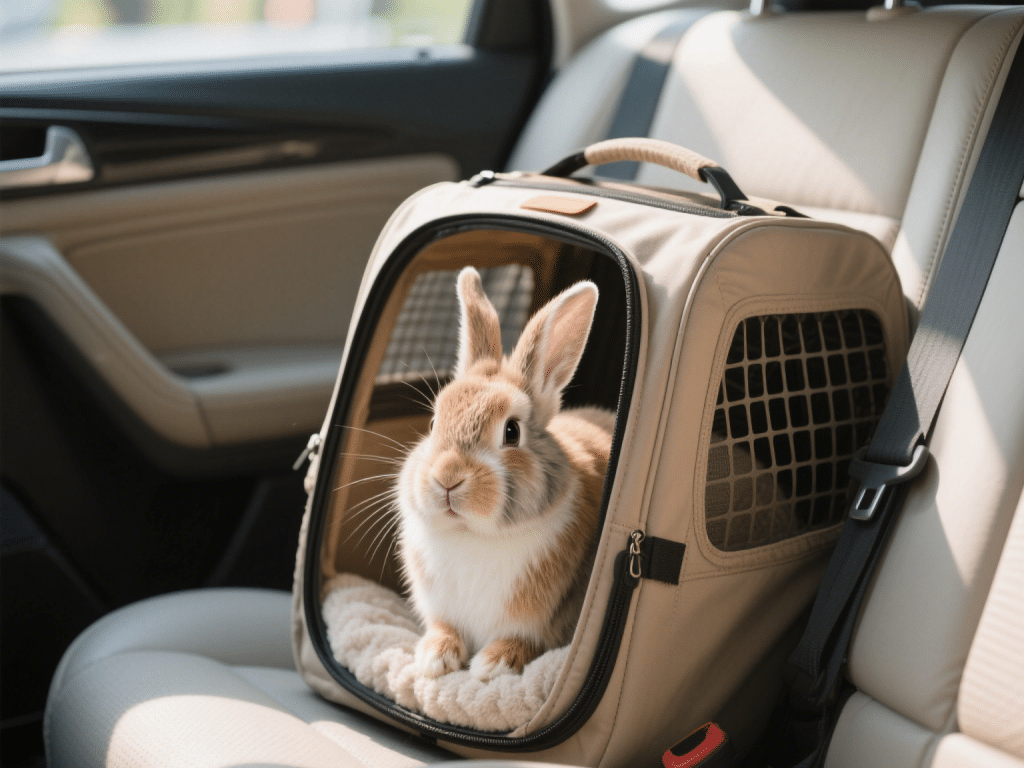

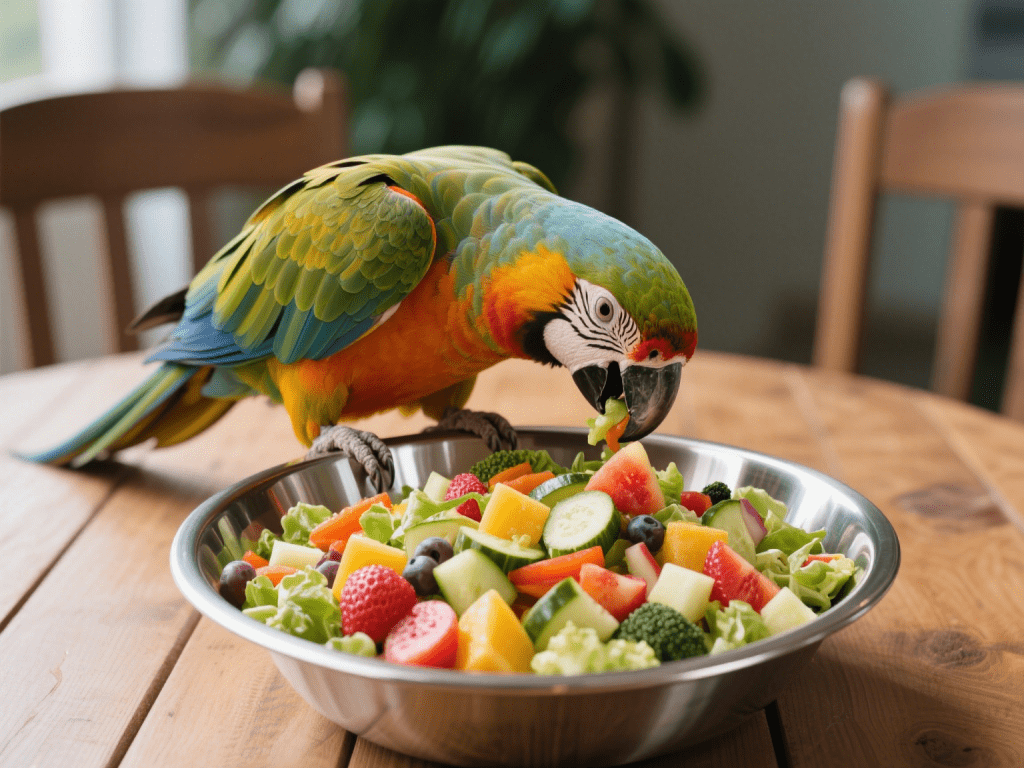
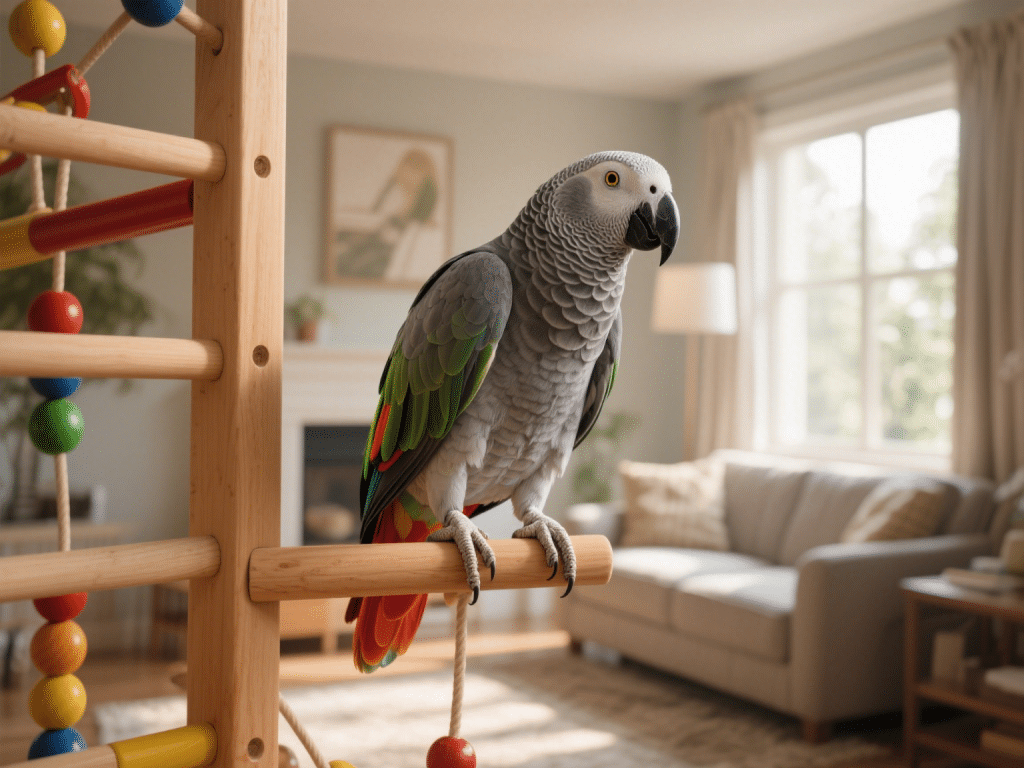
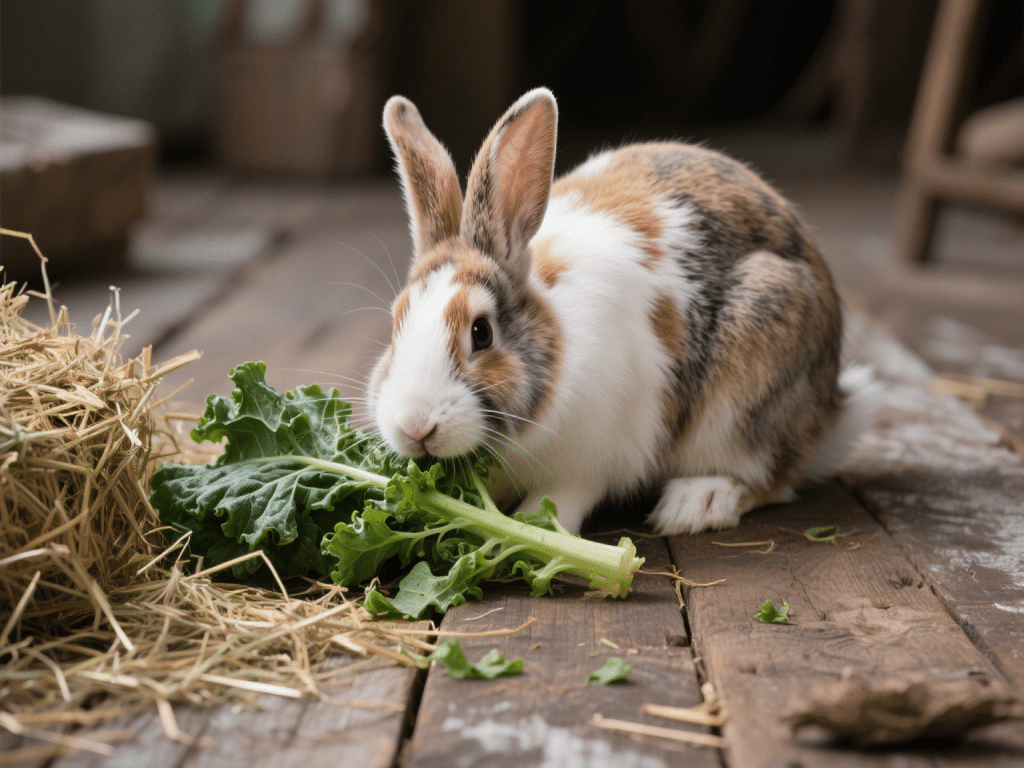

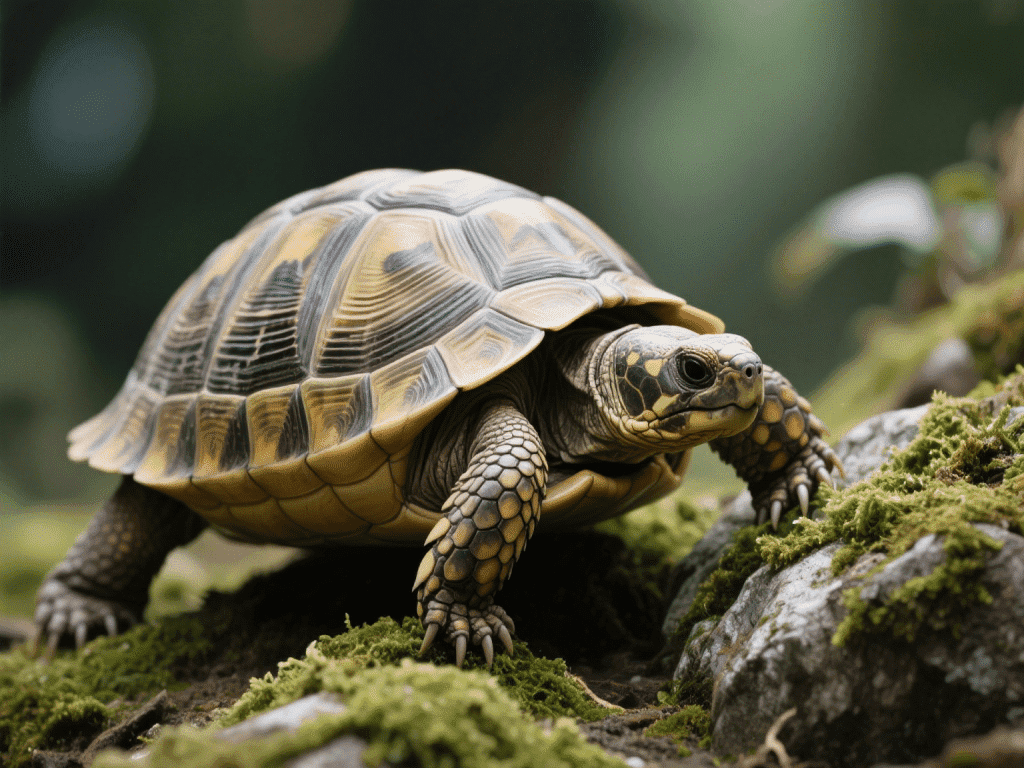

Comments on " The Science Behind Your Cat’s Sleep: How Much Rest Do They Really Need?" :